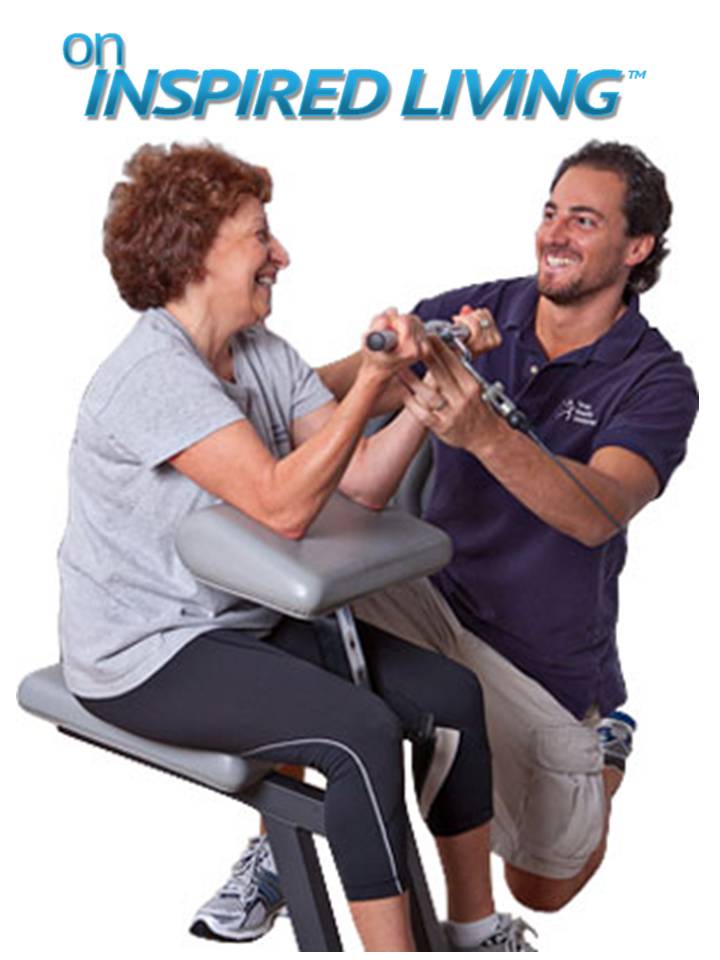 The world of fitness is like a tree with many branches. You’ve got the branch of yoga, spinning, body building, running, water aerobics, kickboxing, personal training, Zumba, hiking, CrossFit, and many more. While the common root for each branch is health improvement, some question as to whether or not the CrossFit branch is going to snap off the tree.
The world of fitness is like a tree with many branches. You’ve got the branch of yoga, spinning, body building, running, water aerobics, kickboxing, personal training, Zumba, hiking, CrossFit, and many more. While the common root for each branch is health improvement, some question as to whether or not the CrossFit branch is going to snap off the tree.
What is CrossFit?
CrossFit describes its strength and conditioning program as “constantly varied, high intensity, functional movement,” with the stated goal of improving fitness, which it defines as “work capacity across broad time and modal domains.” Workouts are typically short—20 minutes or less—and intense, demanding all-out physical exertion. They combine movements such as sprinting, rowing, jumping rope, climbing rope, flipping tires, weightlifting, carrying heavy objects, and many bodyweight exercises; equipment used includes: barbells, dumbbells, gymnastics rings, pull-up bars, kettlebells, medicine balls, and boxes for box jumps.
Many folks enjoy the CrossFit experience and benefits associated with it (increase in lean muscle, decrease in body fat, increase strength stamina, competitiveness, etc.), but certain stories like the one below make it a controversial program.
A CrossFit Story
While doing some research on CrossFit, I found a story of one man’s experience with CrossFit, written by Brooke Ross:
“Ryan Palmer had a tough week. On Monday, the 26-year-old battled squat presses and ring dips. Tuesday, a clean and jerk set where he squeezed out 30 reps with 135 pounds. The following day, even though his muscles were still aching, he performed a total of 150 pull-ups and 150 burpees.
Instead of suiting up in workout gear on Sunday, he found himself in a hospital gown hooked up to an IV drip that flushed his kidneys with more than nine liters of saline.
As his creatine kinase levels—the amount of muscle protein broken down poisoning his blood stream— declined at the pace of a snail, he pulled out his phone to send a tweet to his fellow athletes. With one flash of the camera, Palmer revealed the frightening results of a kidney test, and offered a simple caption: “Uncle Rhabdo, is that you?”
Uncle Rhabdo represents a character in the CrossFit community and is short for rhabdomyolysis, a kidney condition most commonly induced by excessive exercise, according to Heather Gillespie, a sports medicine physician from UCLA.
The potentially life-threatening state, which can also be caused by underlying genetics, occurs when muscle breaks down and myoglobin, the bi-product of muscle fibers, is released into the blood stream, essentially clogging up the kidneys and poisoning them.
If you’re dehydrated, which sort of goes along with rhabdo, you can’t clear these toxins, the kidney can’t filter the byproduct,” Gillespie says. It can lead to kidney failure and electrolyte imbalances that can ultimately affect your heart.
Uncle Rhabdo was originally invented to shed light on ‘the inappropriate use of intensity,’ according to CrossFit’s Training Guide.”
True Health Unlimited, LLC’s Take
During my review of the CrossFit story above, several other articles, and in talking with several folks who do CrossFit, the same thought came to my mind as it has with many other extreme fitness or diet trends that gain many followers and popularity, “Any strength taken to an extreme becomes a weakness.”
The way I feel about CrossFit is the same way I felt about the Atkins Diet when it ascended to popularity nearly 20 years ago. It has some valuable tenants, but when take to the extreme for too long, it becomes detrimental.
In other words, training at high levels of intensity, as suggested by CrossFit, provides physiological benefits, which is healthy to a certain point. But, when taken to the extreme without knowing when to stop, high intensity training breaks the body down leaving it vulnerable to injuries and illnesses, some even fatal.
I learned first hand about how the body breaks down from intense training during my Freshmen year in college when I ended up in the Infirmary with mononucleosis after training intensely at the gym for 23 days straight – no days off. Sometimes people learn the hard way, as was the case for me nearly 20 years ago and is the case today with many CrossFit enthusiasts who take fitness to the extreme.
While many folks in the CrossFit community are aware of what is happening (surrounding controversy due to injuries), they pay attention to their personal limits, won’t over do it, and enjoy the experience and benefits.
To me, CrossFit’s longevity as a branch on the fitness tree is in question with its current model, but I do believe it’s longevity will increase if:
1. It upholds its intention to help reverse the growing obesity trend by creating a more active society.
2. Seeks to ensure that its trainers and members are in accordance with a CrossFit model that not only promotes high-intensity, but also closely monitors the education of its trainers and followers so that intensity is not taken to the extreme at expense of members’s health.



